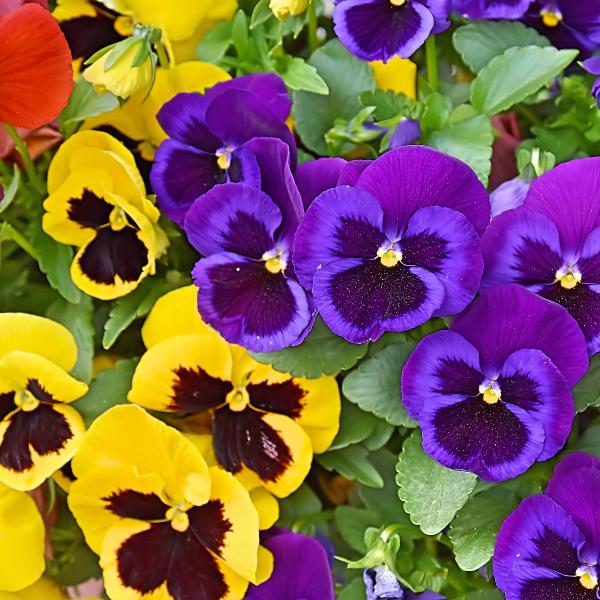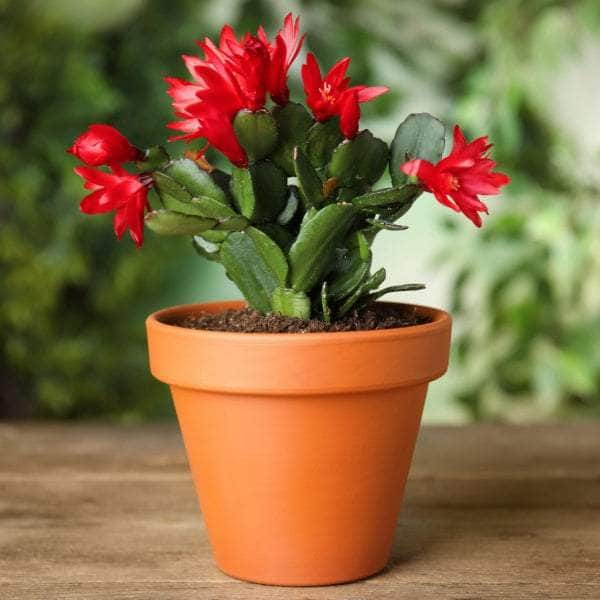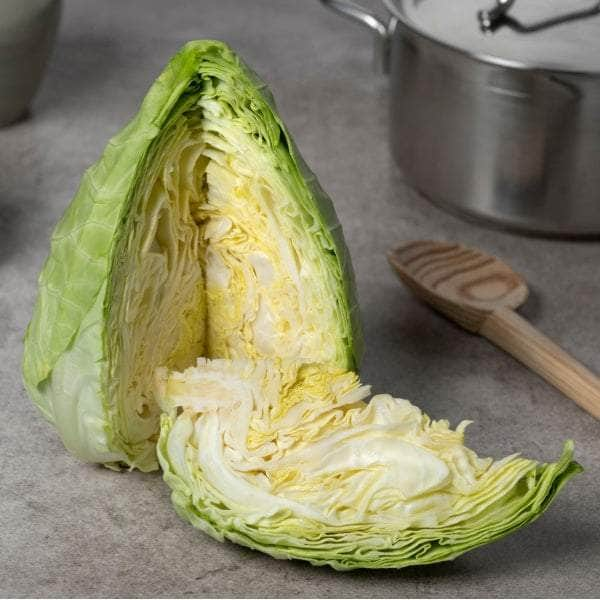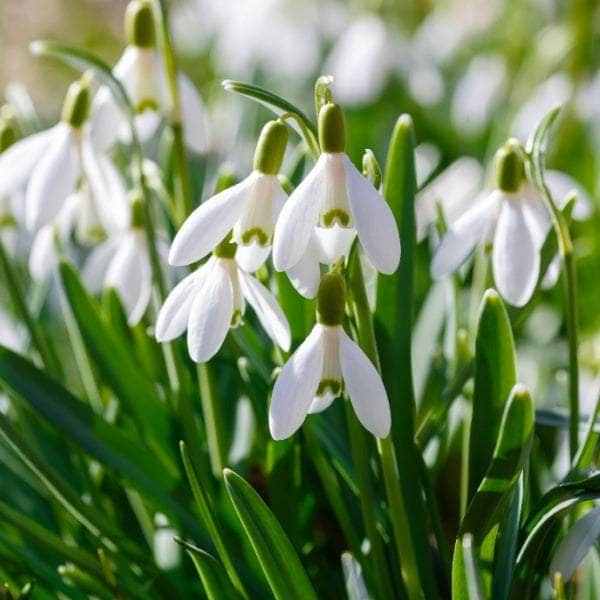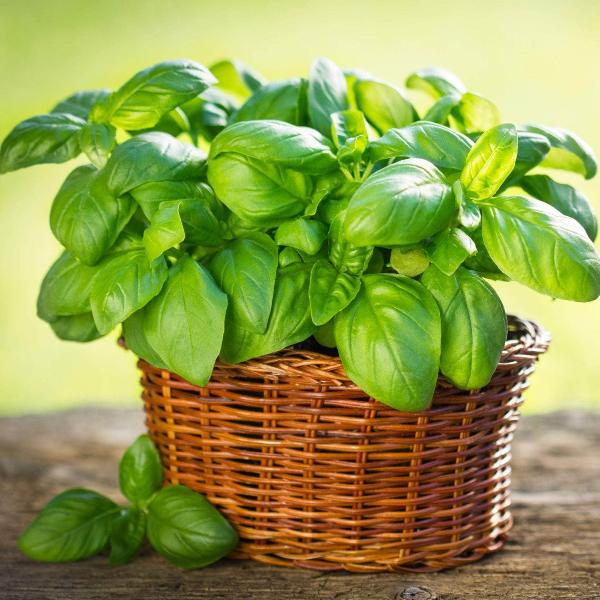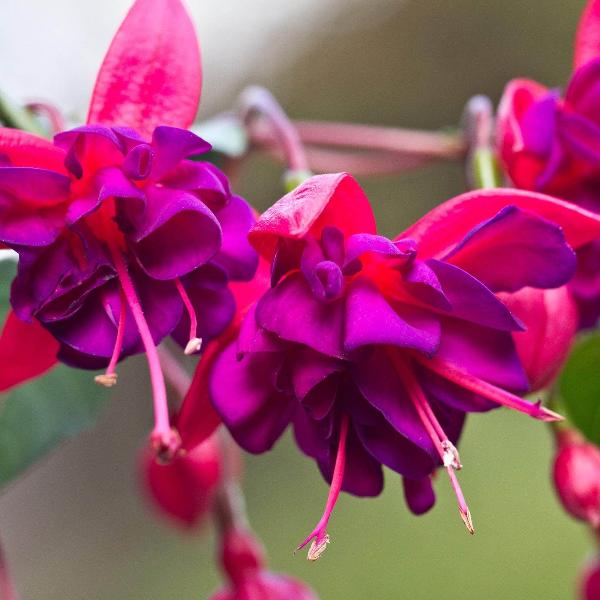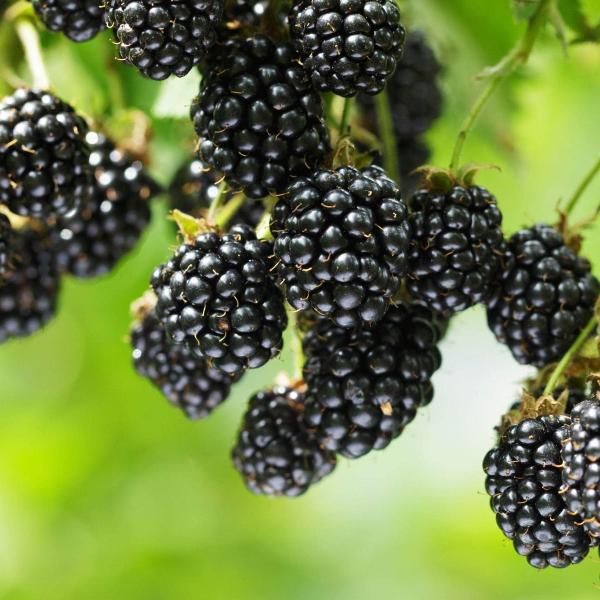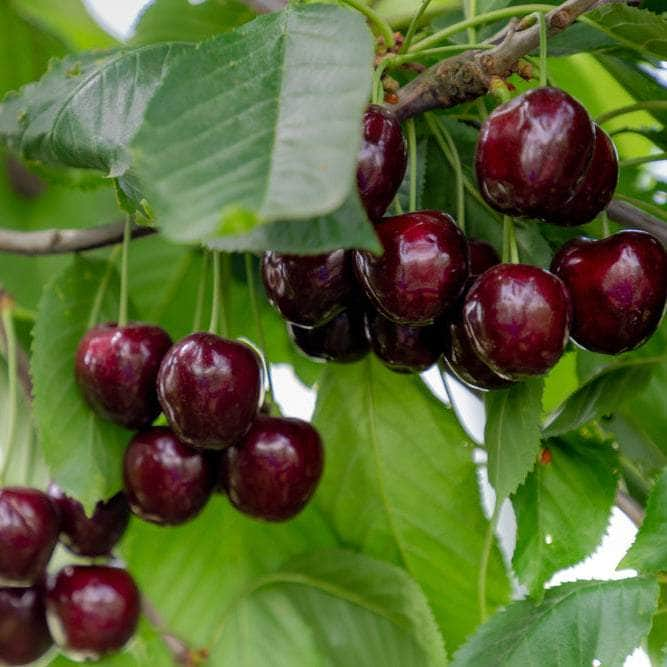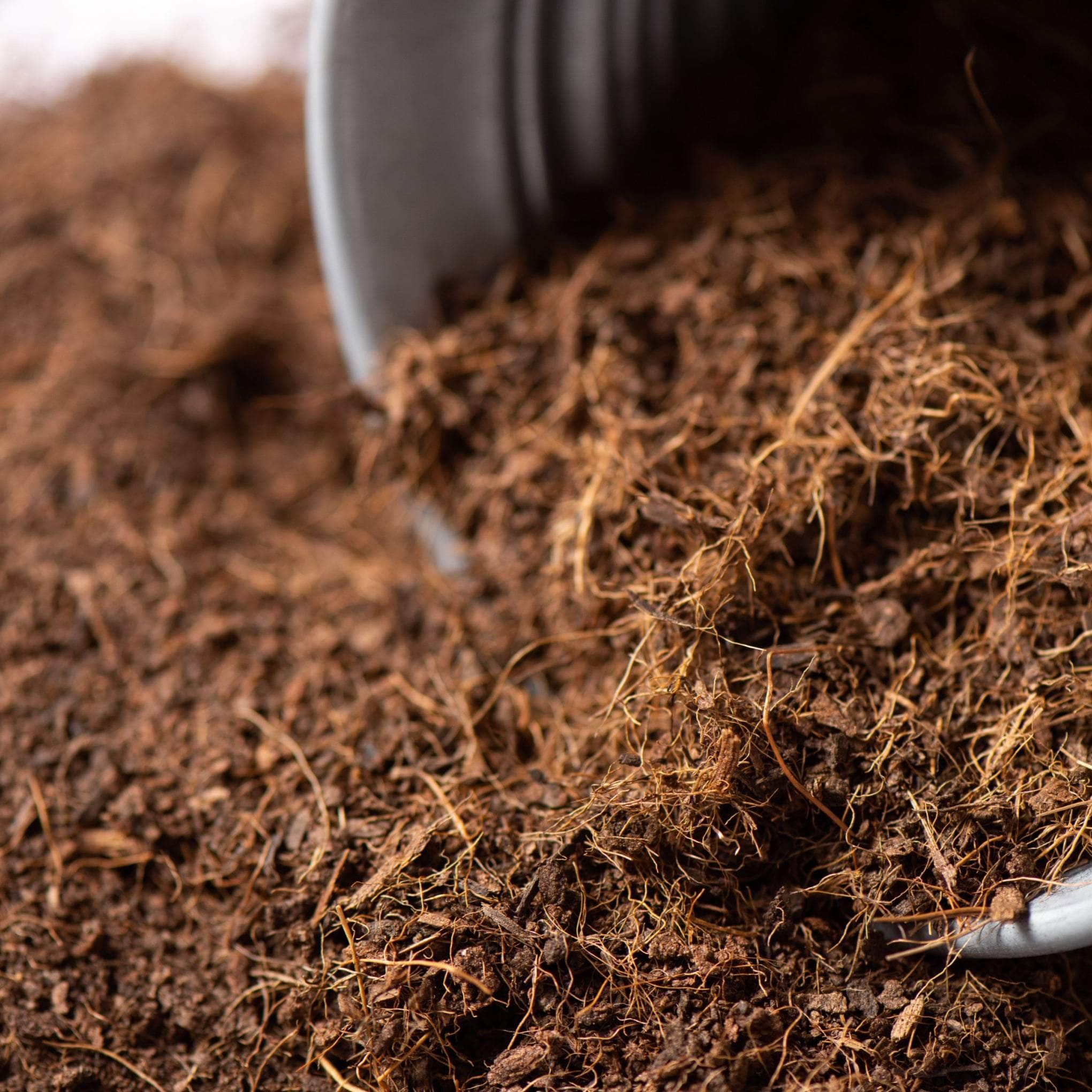The Ultimate Guide to Growing Red Veined Sorrel
Welcome to our ultimate guide on how to grow Red Veined Sorrel, a vibrant perennial green that's not only a feast for the eyes but also a delightful addition to your meals. This hardy plant, with its striking red veins and tangy flavour, is a must-have in any garden.
Whether you're a seasoned gardener or a beginner, this guide will equip you with all the knowledge you need to successfully grow this variety of sorrel from seed, care for the plant, and harvest its young, tender leaves.
In this guide, we'll explore the unique characteristics of Red Veined Sorrel, compare it with other types like French Sorrel and Common Sorrel, and delve into the best practices for sowing sorrel seeds. We'll also share tips on how to maintain soil health, manage sunlight and temperature, and deal with common pests and diseases.
Finally, we'll guide you on how to incorporate this perennial vegetable into your meals, making it a great addition to your kitchen garden.
So, if you're ready to start your garden project and grow food that's as beautiful as it is nutritious, keep reading. Let's embark on this exciting journey of growing Red Veined Sorrel together!
Understanding Red Veined Sorrel

Before we delve into the specifics of growing red veined sorrel, it's crucial to understand what this plant is and what sets it apart. This perennial herb is not just another variety of sorrel; it's a unique blend of beauty and utility.
Known for its vibrant green leaves streaked with distinctive blood-red veins, red veined sorrel is a visual delight. But beyond its aesthetic appeal, it's a culinary treasure, offering a tart, lemony flavour that can enhance a variety of dishes.
What is Red Veined Sorrel?
The Red Veined Sorrel, also known as bloody sorrel or bloody dock, is a unique and versatile addition to any garden. It's a variety of sorrel, a herbaceous plant that belongs to the extensive buckwheat family. Globally appreciated for its edible foliage, it's renowned for its attractive, richly coloured red veins - a characteristic that sets it apart from other types of sorrel, be that French, garden or common sorrel.
Although red-veined sorrel's beauty and vigour make it an appealing garden asset, its magnificence is not solely limited to aesthetics. It's an impressively robust perennial green. Perennial plants, unlike annuals, live for more than two years, showcasing their splendour season after season. The red veined sorrel belongs to this category, often residing in gardens not just as a 'visitor' but as a 'permanent resident'.
However, don't let its good looks fool you. The red veined sorrel is not just a 'pretty face'. It is also a wonderful culinary resource. Its leaves offer a similar flavour to other types of sorrel, boasting a tangy, lemony pop that can lift salads, soups, and even sandwiches. Its unmistakable taste is one of the prime reasons it makes a great addition to a variety of dishes, adding an unexpectedly zesty surprise.
In summary, red veined sorrel is fascinating and multi-dimensional. It's a plant that blends utility and beauty, offering myriad benefits to gardening enthusiasts and master-chefs alike!
Characteristics of Red Veined Sorrel
Appearance: Recognisable by its vibrant green leaves, streaked with distinctive blood-red veins, the Red Veined Sorrel is aesthetically pleasing.
Size: Mature plants sprout into tidy clumps, generally reaching heights of about 12 inches and expanding to nearly 18 inches width.
Growth Habit: Predominantly a perennial green, it flourishes in USDA climate zones between 3 and 8. It's grown as a fast-paced annual in salad gardens or container setups.
Flavour Profile: The sorrel plant presents a unique, tart and lemony taste. It's often integrated into mixed green salads, delivering a fresh burst of tangy flavour.
Oxalic Acid Content: Much like spinach and chard, Red Veined Sorrel contains oxalic acid. Although it can cause mild digestive disruptions in sensitive individuals, moderate consumption is usually safe.
Resilience: Despite its delicate appearance, this type of sorrel is impressively hardy. It copes well with various weather conditions and has reliable cold tolerance.
Light requirements: Semi-sheltered areas with a mix of full sun to partial shade mark the perfect light conditions for optimal sorrel growth.
Water needs: Although it requires extra water during particularly hot spells, the sorrel plant is fairly drought-tolerant once established, requiring less hydration than traditional vegetables.
Varieties of Sorrel

In the world of gardening, sorrel is a versatile plant that offers a variety of flavours and visual appeal. From the tart, lemony taste of common sorrel to the milder, more delicate flavour of French sorrel, each variety brings something unique to the table.
In this section, we'll delve into the different varieties of sorrel, including the visually striking red veined sorrel, and discuss their unique characteristics. Whether you're a seasoned gardener or a beginner, understanding these varieties can help you choose the right sorrel plant for your garden.
Common Types of Sorrel
Common Sorrel (Rumex acetosa): Aficionados know this variety for its sharp, lemon-like flavour. This type, often referred to as garden sorrel, is also notable for its tolerance to cooler temperatures.
French Sorrel (Rumex scutatus): Frequently found in nurseries, this variety of sorrel is appreciated for its ease of cultivation and notably mild taste compared to its stronger siblings.
Wood Sorrel (Oxalis acetosella): While not directly related to the others on this list, wood sorrel is often grouped with its sound-alike cousins due to its similar taste. It stands out for its stunning clover-like leaves.
Sheep Sorrel (Rumex acetosella): Best known for its vigorous spreading and small leaves, this variety can often be found growing wild but is still beneficial for adding a tangy pop to foraged salads.
Red Veined Sorrel (Rumex sanguineus ssp. sanguineus): Also known as bloody dock, this type of sorrel brings both aesthetics and palatable pleasures. It is widely grown for its beautifully veined leaves and its unique taste that combines the tartness of other types with a slightly milder edge. This variety is perfectly at home in both your herb garden or ornamental borders, proving that you can have beauty and eat it too!
Choosing the Right Variety for Your Garden
When it comes to choosing the right type of sorrel for your garden, a few considerations should be made. Some types of sorrel plants, such as garden sorrel or French sorrel, are more suitable to be part of your vegetable garden. They form a steady plant that occupies a space equivalent to a large broccoli plant and, if prevented from going to seed, won't spread out much.
On the other hand, types like sheep sorrel can pose a challenge if placed in a regular vegetable garden. This is because sheep sorrel spreads via horizontally growing roots. This habit makes it a great choice for hedgerows, food forests, or other perennial growing areas.
Meanwhile, Red veined or Blood veined sorrel can be a stunning addition to your garden. This variety makes a vivid display with its green and red leaves and can tolerate partial shade. However, it's more sensitive to hot weather, so take precautions to give it ample shade and keep its soil moist.
Wood sorrel, although less common in a garden setting, can also be a choice, especially if you have a space that's initiating a transformation into a food forest.
How to Grow Red Veined Sorrel from Seed

Growing Red Veined Sorrel from seed is a rewarding and straightforward process. Whether you're a seasoned gardener or a beginner, this guide will help you understand how to grow this beautiful plant from seed.
The process involves two main methods: starting the seeds indoors or direct sowing in your garden bed. Both methods have their advantages and can be chosen based on your preference and the conditions of your garden. Let's delve into the details of each method.
Starting Sorrel Seeds Indoors
Getting a head start on your garden project by starting red veined sorrel seeds indoors can be quite rewarding. Here's how to kickstart your sorrel adventure.
First, you'll need to source your red vein sorrel seeds. They can usually be purchased from a local garden store or online. Once you have your seeds, it's time to get started.
You'll start by filling a seed tray or small pots with good quality seed compost. Place the seeds on the surface of the compost, following the instructions on the seed packet for spacing if provided. Lightly pressing them into the soil ensures good contact.
Cover the seeds with a thin layer of compost, and mist the surface with water. Seeds need a moist environment to germinate, so it's important to keep the compost damp but not waterlogged.
Place the seed tray in a warm, well-lit area, a windowsill or propagated works great. The warmth and light will encourage the seeds to germinate. Make sure to keep an eye on your little garden and maintain the right conditions for your red vein sorrel seeds to sprout. Just wait and watch the magic unfurl in these orbs of life in the coming days.
Direct Sowing Sorrel Seeds
When thinking about how to grow red veined sorrel, direct sowing is an effective and simple method. For this garden project, the first step is to select a sunny spot in your garden bed. Begin by planting the vein sorrel seed approximately two to three weeks before the last spring frost. Make sure to space the seeds two inches apart and bury them a scant quarter inch deep.
Ensuring the soil is consistently moist is vital until the seeds germinate and have grown to about two inches tall. At this stage, thin the plants to a foot apart. For any garden enthusiasts looking to maximise their space, the thinnings can be replanted in another part of the garden bed or a container. Alternatively, the baby plants could be utilised in your kitchen as a fresh, home-grown supplement to your meals.
By sowing directly, it not only simplifies the process but also potentially decreases the time it takes for you to see your garden flourish with red veined sorrel. The flexible nature of this plant means it can beautify your garden alone or be paired with other annual plants.
Remember, no matter what method you use to grow your sorrel from seed, the reward in the end is plentiful. Not only do you get to watch your garden bed transform into a sea of beautiful red veined sorrel, but you also get to enjoy the fruits of your labours when utilising the sorrel in your cooking.
Whether you are starting a new garden project or expanding an existing one, the experience of sowing and fostering your sorrel seeds culminates in food you grow and nurture yourself. Each bite will taste of the sun, soil, and all the work put into growing these unique red veined plants.
Caring for Your Sorrel Plants
Caring for your sorrel plants is a rewarding task that requires a keen understanding of the plant's needs. From providing the right amount of water to ensuring the soil is rich in nutrients, every step plays a crucial role in the plant's growth. This section will guide you through the process of caring for your sorrel, helping you cultivate a healthy, hardy plant that thrives in your garden. Whether you're dealing with a full sun or partial shade, understanding how to adapt to different outdoor conditions is key. Let's delve into the specifics of caring for your sorrel plants.
Watering and Fertilising Your Sorrel
Sorrel is a hardy plant inclined to thrive in a variety of climates. Successful growth, however, requires a keen eye on its needs. One of these requirements is striking a balance in watering your sorrel. Overwatering or underwatering could lead to a limp plant.
During the first year, sorrel may need extra water if exposed to full sun. This is because young plants are vulnerable and need significant moisture to establish roots. Nonetheless, water only when the soil dries out and avoid waterlogged conditions as they could lead to issues like root rot.
Following the first year, sorrel generally requires less water. The plant should ideally be able to tolerate heat, although it might still wilt. If this happens, don’t panic. Simply give the plant a bit more water. A good rule of thumb is to keep the soil slightly moist. Pay attention to how your sorrel reacts to adjustments in watering.
Sorrel is a robust and easy-to-grow plant. However, it relies on you to provide the right conditions, such as timely watering and fertilising, to reach its full potential. Practice empathy and your sorrel will reward you with consistent, flavoursome leaves in return.
Managing Sunlight and Temperature
Let's talk about managing sunlight and temperature for your sorrel plants – an essential factor to ensure they thrive. Sorrel, a particularly hardy plant, can adapt to various growing conditions. However, it might show signs of wilting under intense summer sun, which you'll certainly want to avoid. Interestingly, different varieties of sorrel have varying preference for sunlight. For example, Red Veined Sorrel prefers partial shade to full sun exposure.
As sorrel is sensitive to hot weather, positioning your plants where they won't receive the harsh late-afternoon sun can help them thrive. An ideal spot is one that offers the right balance of shade and light. This will help your sorrel maintain its vibrant colours and health throughout changing seasons.
In terms of temperature, consider the climate zone of your location. For instance, Red Veined Sorrel thrives in USDA climate zones 3-8. In colder zones, you might need to use a cold frame to protect the plant. Remember, some varieties of sorrel may not be as cold hardy.
Monitor any changes in your sorrel plants closely - a withered look in full sun or a perked up appearance in partial shade could give you clues on the kind of sunlight it prefers. Adjust plant position accordingly for the best growth outcome.
Maintaining Soil Health
Taking care of the 'soil health' is very crucial when you're dealing with sorrel plants. They require a specific type of soil to prosper and yield that fresh, robust new growth we all crave. A sorrel plant doesn't demand much, but if you keep the soil it lives in healthy, it'll reward you tenfold.
To keep your sorrel plant in tip-top condition, make a note of the following points. Firstly, sorrels need well-drained soil, but that doesn't mean it should run dry. The soil needs to remain moist for the plant to thrive, especially during the warmer months. In this regard, organic fertilisers are excellent, as they keep the soil rich with nutrients while promoting a healthy balance between moisture retention and drainage.
The ph range of the soil also plays a significant part in growing healthy sorrel. Red-veined sorrel likes slightly acidic to neutral soil falling between 5.5 to 7.0 on the pH scale. Thus, testing the soil before planting can give you an accurate idea about the existing pH level and help you modify it accordingly if required.
A well-cared soil is an invitation for hardy plants like red veined sorrel to grow and prosper effortlessly. It may seem like an uphill task initially, but once you get the hang of it, it's worth it. So let's not procrastinate and tend to the soil, shall we?
Harvesting and Using Your Sorrel

Growing and harvesting your own red veined sorrel can be a rewarding experience. This section will guide you through the process of harvesting and using your sorrel, ensuring you get the most out of your plant. From knowing when to harvest to incorporating it into your meals, we'll cover it all.
Sorrel is a versatile plant that can add a unique flavour to your dishes. Whether you're a seasoned gardener or a beginner, this guide will provide you with the knowledge you need to successfully grow and use your red veined sorrel.
When and How to Harvest Sorrel
Knowing when and how to harvest your red vein sorrel plant, aids in reaping maximum benefits. While some plants might end their growing season when they go to seed, sorrel is different. It's crucial to look out for the signs of new growth. Young sorrel leaves offer the best flavor and texture. Therefore, it's often best to harvest your sorrel plant right before it goes to seed.
When you notice stalks rising high above the rest of the plant, it's time to shake off your gardening gloves and get to work. With a gentle approach, you can pinch them off when they're still young and soft. Chances are, if you're observant and regular in weeding them out, you may not face issues with your plant bolting. Yet, don’t be too alarmed if they do; shear the plant just a few inches off the ground to stimulate new growth of youthful green leaves.
In doing so, your red vein sorrel plant goes through an effective rejuvenation cycle. Be mindful, though, not to stress your plant with this pruning method during high summer. Sorrel is a great addition to your salad garden; harvesting in smaller batches allows the plant to remain productive, contributing to your green bowl regularly.
Incorporating Sorrel into Your Meals
When it comes to harnessing the vibrant, citrussy flavour of the red vein sorrel plant, there's a multitude of ways you can include sorrel in your meals. Whether it's freshly picked from your salad garden or integrated into your favourite recipes, the sorrel plant never disappoints with its tangy lemony kick.
Firstly, young sorrel leaves make a great addition to salads due to their unique tangy flavour. By adding a sprinkle of freshly chopped leaves, not only do you elevate the taste profile of your dish, but you also incorporate an attractive and vibrant red hue to your salads.
When planning to introduce a citrusy element to your soups or stews, consider adding in some sorrel leaves. They impart a similar flavor to lemon juice, essentially acting as a two-in-one ingredient, as the leaves bring in both the greens and citrus notes.
If you're keen on experimenting, why not try replacing spinach with mature sorrel leaves in your recipes? Bear in mind, as with spinach, sorrel leaves substantially reduce when cooked, so sufficient quantity is necessary. The results can be surprising and gratifying.
Common Problems with Sorrel Plants

Growing red veined sorrel can be a rewarding experience, but like any plant, it can encounter a few hiccups along the way. Despite being a hardy plant, sorrel is not immune to common problems that can affect its health and productivity.
Understanding these issues is crucial for maintaining a thriving sorrel patch. From pests to diseases, we'll delve into the common problems with sorrel plants and how to address them effectively. Whether you're a seasoned gardener or a beginner, this guide will equip you with the knowledge to keep your sorrel plants in top shape.
Identifying and Addressing Sorrel Pests
Growing sorrel, notably the red-veined sorrel, does not require substantial effort due to its hardy nature. However, it is important to identify any pests that may cause problems to your sorrel plants. A key indicator of pest problems is when you start spotting irregularities on the leaves, such as nibble marks or holes. While the common pests affecting sorrel, like slugs, aren't much of a threat, it's always worth keeping an eye out for any severe infestations.
If you find that pests are causing significant trouble to your sorrel plants, consider implementing organic pest control methods. This could involve introducing beneficial insects, such as ladybirds, that prey on harmful insects. You may also opt to use organic pesticides that are gentle on your plants. Remember, prevention is always better than cure. Therefore, maintaining a healthy garden by incorporating plant varieties that naturally repel pests can be a very effective strategy.
Sorrel prefers a balance when it comes to water supply, and thus, it's important not to irrigate excessively. The need for extra water usually arises when the plants are fully exposed to full sun, and they start to wilt. This is particularly common for young plants that appeared vulnerable during their first year of growth. Ensure they are watered just enough; over-watering can create damp conditions that encourage pest infestations.
Lastly, remember that the soil structure and composition can also affect pest presence. Sorrel thrives best in well-drained soil. Compacted soil can be problematic and attract certain pests. Regular use of organic fertiliser helps to keep the soil fertile and also deters pests.
In summary, leverage on your understanding of sorrel's growth requirements, and you'll be well-prepared to deal with pests that come along. Indeed, managing these common problems with sorrel plants is key to a healthy and thriving garden.
Dealing with Common Sorrel Diseases
Like all plants, sorrel is susceptible to certain diseases, even though it's known as a hardy plant loves both full sun and partial shade. Knowledge about these diseases will help you tackle them effectively.
Fungal issues such as powdery mildew and leaf spots can affect the sorrel. They commonly occur in humid conditions when there's lack of proper air circulation around the plant. Besides, poor soil drainage also exacerbates these conditions. To mitigate these, ensure the plants aren't too close, and the soil is well-drained.
A symptom to watch out for is discolouration on the leaves resembling spots. If this happens, clear the infected leaves immediately to prevent the disease from spreading. Increasing the airflow around the plant by thinning them out may also be beneficial.
Nutrient deficiency can also be a problem. Sorrel typically prefers a rich soil, well supplemented with organic fertiliser. Yellow leaves might indicate the plant lacks nutrients. If this is the case, adding more organic matter to your soil might help.
Growing Red Veined Sorrel: A Rewarding Garden Project

In conclusion, growing red veined sorrel can indeed be a rewarding garden project. This perennial green not only adds a vibrant touch to your garden but also offers a unique, tangy flavour to your meals.
Whether you're a seasoned gardener or a beginner, the process of growing sorrel from seed to a mature plant is an experience worth undertaking. Remember, the key to a healthy sorrel plant lies in understanding its needs - from the right amount of sunlight and water to the ideal soil type.
With a little care and attention, you can enjoy a bountiful harvest of young sorrel leaves, ready to add a zesty twist to your dishes. So, why wait?
Embark on your journey to grow red veined sorrel today.
With this guide at your disposal, you're well-equipped to cultivate this hardy plant successfully. Happy gardening!




